Are you thinking about going on your own Montana hunting adventure? A DIY Montana hunting opens the door to unforgettable wilderness experiences. With over 30 million acres of public land available for hunting, the state offers a Western hunting dream on a DIY budget.
This guide will explain the best strategies for bagging a big game trophy in Montana. From the patience-testing pursuit of elk to the sharp-eyed hunt for deer and the calculated risks of spring black bear hunting, we’ll cover it all. We’ll also discuss the details of antelope hunting and the diverse world of upland bird hunting.
- Related article: Montana Hunting Information
Are you wondering how to make the most of Montana’s vast and varied hunting grounds without breaking the bank? Our advice and firsthand experiences can help you navigate the challenges and triumphs of DIY hunting.
5 Key Takeaways on DIY Montana Hunting
- Elk hunting in Montana presents a significant challenge but offers high rewards, with a success rate of around 80% for those applying for a general tag.
- Despite challenges like disease, Montana’s abundance of deer makes it a prime location for hunting. Due to the deer’s clear movement patterns, there are opportunities to spot mature bucks.
- Spring bear hunting in Montana is a DIY paradise, ideal for those looking to test their skills without a guide. It offers the added rewards of morels, shed antlers, and quality bear meat.
- Antelope hunting in Montana is made more accessible through systems like Block Management. This provides ample opportunities for new and seasoned hunters, especially bowhunters.
- Bird hunting in Montana covers a wide range of terrains and offers diversity in species, ensuring hunters an adventure and the ability to switch locations easily for a successful hunt.
Best Game Species for a Montana DIY Hunt
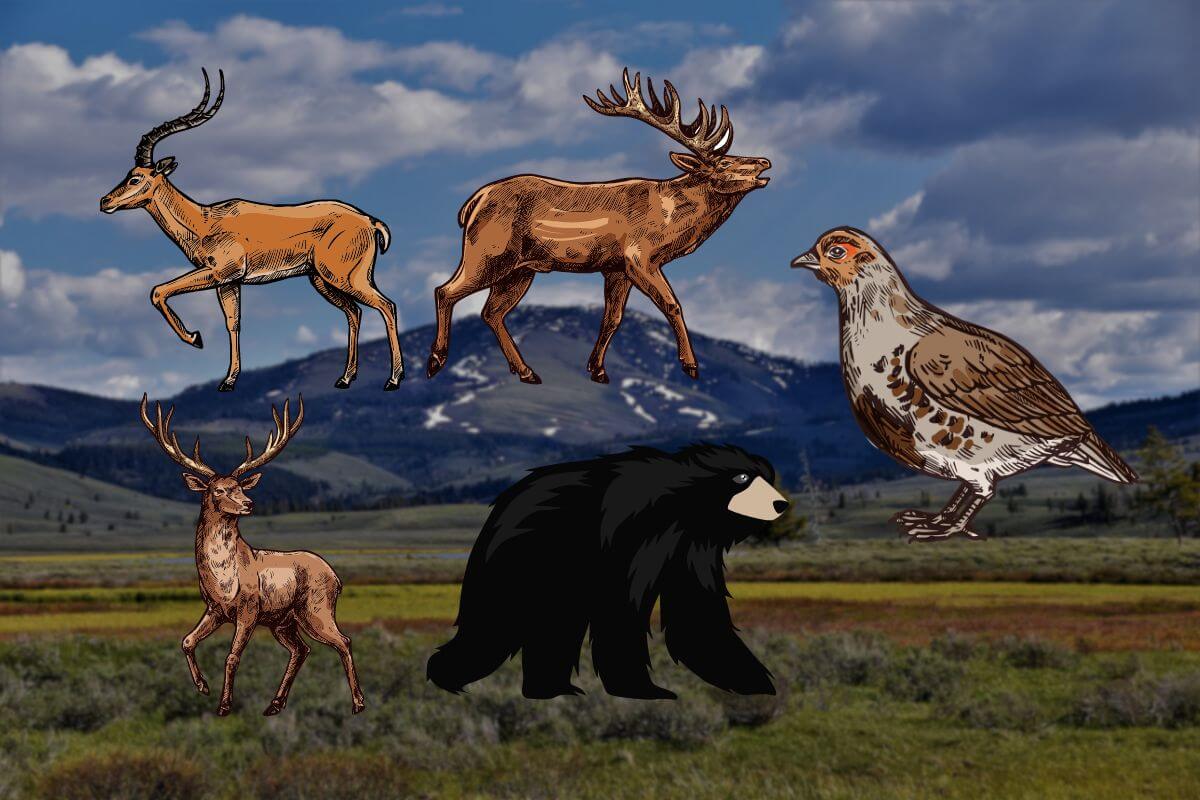
Montana boasts over 30 million acres of public land available for hunting, including state and federal property. This includes protected lands like Wildlife Management Areas, National Forests, Bureau of Land Management acreage, and Wildlife Refuge areas. These places are accessible to the public for hunting within regulations.
Choosing the right game for your DIY hunt in Montana is essential. Each species offers a unique challenge and experience. Let’s explore the best game you can pursue in Montana’s vast wilderness.
1. Elk
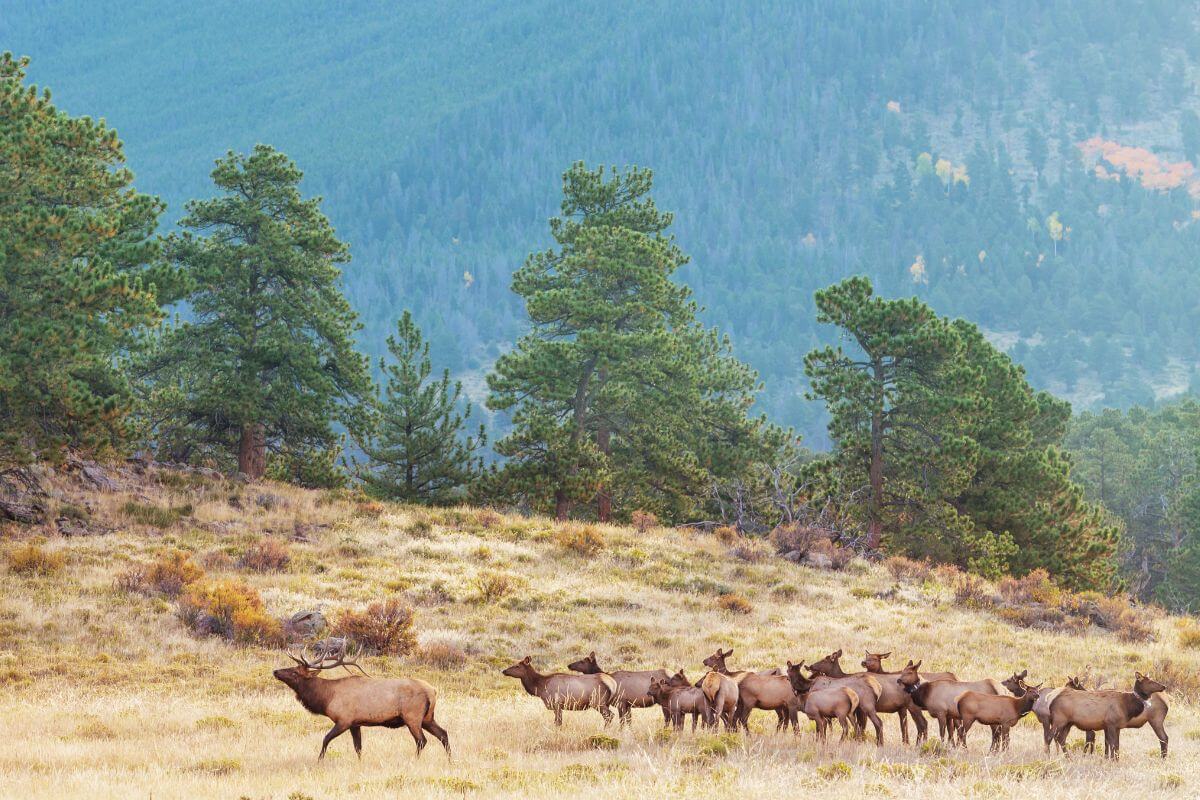
Elk hunting in Montana is the epitome of hardcore hunting. It’s what many of us imagine when we think of hunting in the West. Bagging a mature bull is a dream shared by countless outdoor enthusiasts.
However, for those coming from outside the state, patience is necessary, especially where a trophy herd bull elk is concerned. In reality, getting a tag for a prime area as a non-resident can mean years of waiting. You’ll need to build up those hunting points, though Montana offers many options so fear not.
You could spend a pretty penny to hire an outfitter. Or, you could opt for the DIY route on public land. While it’s more work, the thrill of the chase and the pride in your catch make it worthwhile.
A golden piece of advice for a badass elk hunting is leave the crowds behind. Your success is tied to finding areas less trampled by fellow hunters. In particular, the large elks don’t take kindly to human presence. This drives them to the mountains, away from the typical hunting spots.
You might think that with the increasing non-resident interest in Montana’s elk, getting a tag is a far-fetched dream. Guarantees are indeed a thing of the past. Yet, the success rate for those applying for a general elk tag hovers around 80%. This means a vast majority of hunters do get to experience the thrill of the chase.
In Montana, the possibility of hunting elk on public land with a general tag opens the door to an incredible hunting experience. Sure, it’s a challenge, but isn’t that what makes the victory so sweet? If you’re willing to put in the effort and step away from the worn path, Montana offers an unforgettable elk hunting experience.
2. Deer
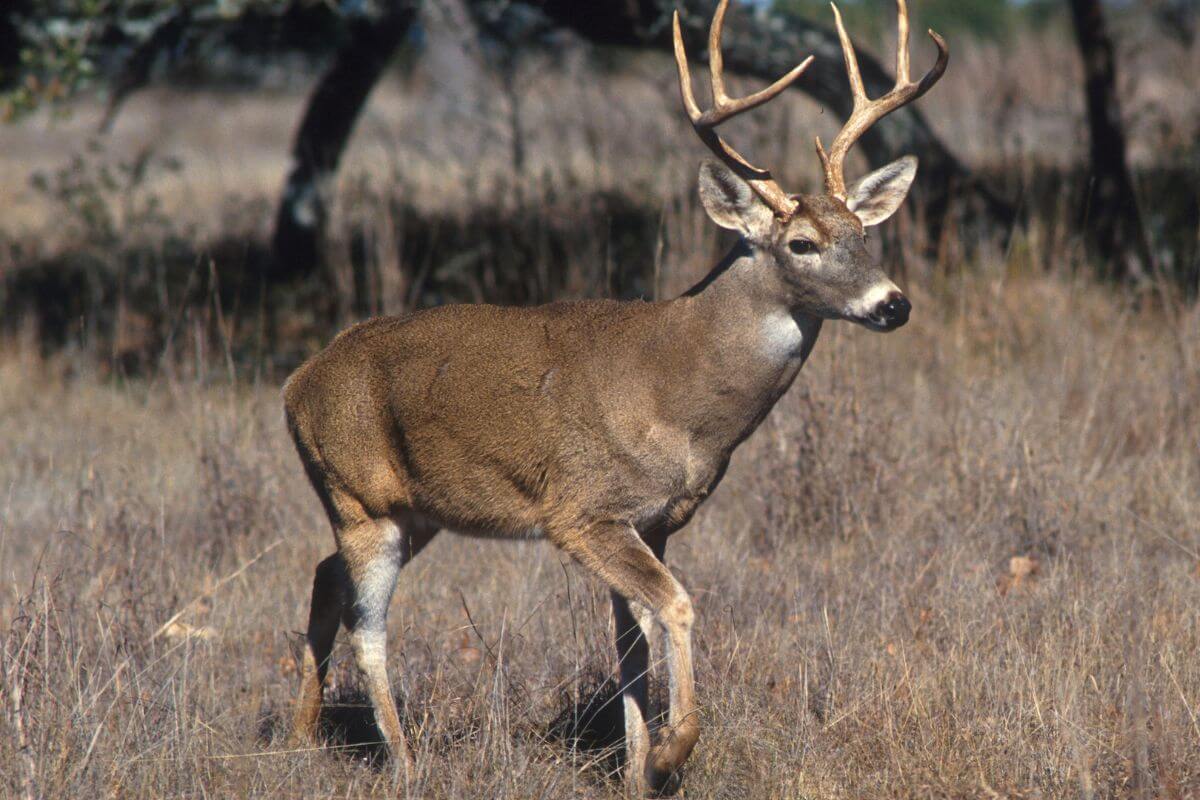
Montana offers a unique deer hunting experience that combines vast wilderness with the promise of a good hunt. Hunting deer in the state’s untouched landscapes means you’re going after deer not used to being hunted.
Montana’s wilderness offers promising factors for hunters: a large deer population, clear movement patterns, and the chance to spot mature bucks early on. Imagine looking out over a river and seeing up to 200 deer simultaneously. That’s the sight you can experience while hunting in the state.
For those interested in the specifics of the hunting territory, the eastern part of Montana is dominated by rivers. The Missouri and Yellowstone Rivers are the largest and most famous, especially for backcountry whitetail hunting. The Milk River, a Missouri tributary, is particularly renowned among whitetail hunters.
In terms of trophy bucks, Montana might not churn out as many Boone & Crockett quality bucks as the Midwest, but it’s home to a significant number of bucks in the 130-150 inches range. This makes it a compelling location for hunters looking for a good challenge and rewarding results.
Getting a deer hunting permit in Montana is straightforward but expensive, especially for nonresidents. The cost reflects the quality of the hunting experience the state offers. Depending on the area, you can buy licenses and tags right away or need to apply in advance.
Here are a few hunting tips to make your Montana deer hunting adventure a success:
- Gear Up Right – Ensure you have the appropriate hunting gear for mule deer and whitetail hunts.
- Understand the Terrain – Knowing the terrain is crucial to know whether you’re after mule deer in the mountains or whitetail in the backcountry.
- Respect the Process – Hunting in Montana is as much about the experience as the hunt. Be prepared to immerse yourself in the wilderness and follow all regulations and ethical hunting practices.
Montana’s deer hunting scene is rich with opportunities, offering a balance between challenge and reward that keeps hunters returning. Despite the fluctuations in deer numbers due to disease, the chance to witness a large herd and spot that prized buck is a real possibility.
3. Black Bear
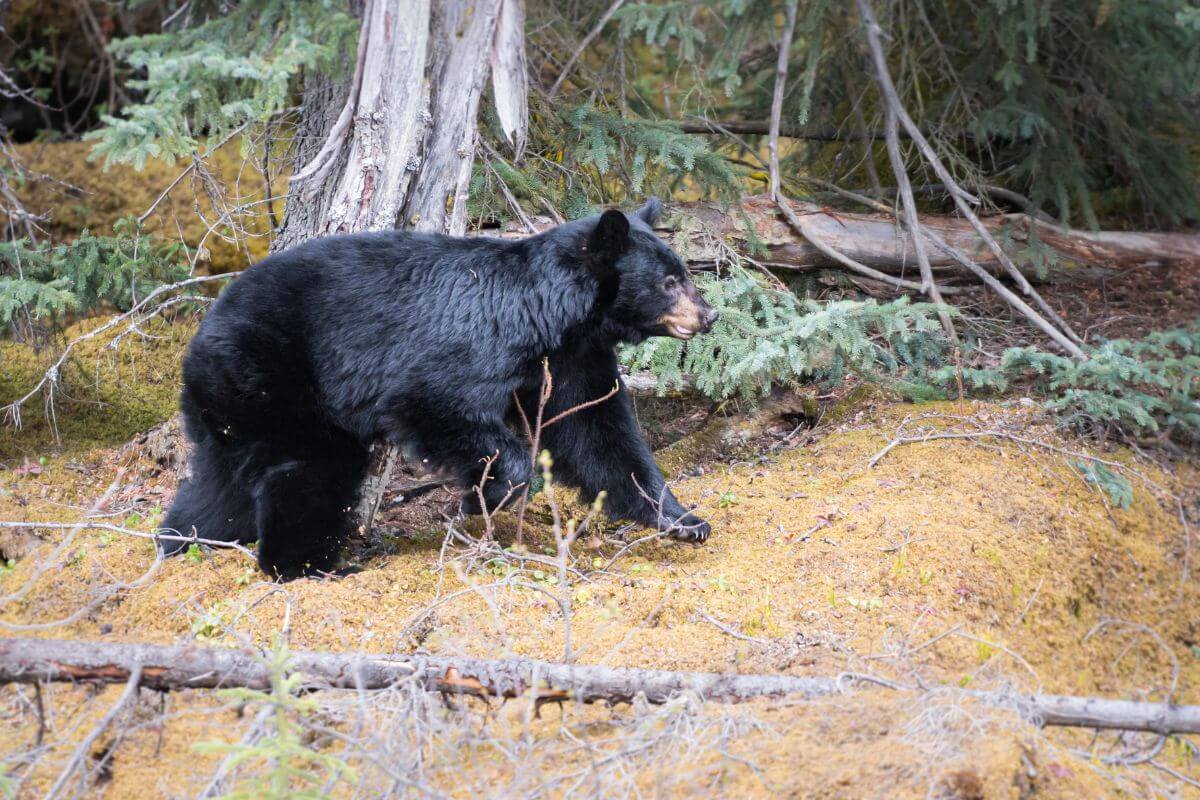
The early spring bear season in Montana is a DIY dream. It’s when nature wakes up, offering warm weather and a bounty of treasures for those who venture into the wilderness.
With over 15,000 black bears in the state, Montana is the go-to place for spot-and-stalk bear hunting. Here, you’ll find a guide to preparing for an early spring hunt and the rich rewards it brings.
Why Spring Bear Hunt in Montana?
- DIY Paradise – The state’s vast, untouched landscapes make it perfect for hunters looking to test their skills without a guide.
- Rich Rewards – Spring hunts offer the chance to find morels, shed antlers, and bears from hibernation, known for their excellent meat with little fat.
- Premium Meat – Black bear meat in spring is highly prized for its quality.
- Abundant Bear Population – With well over 15,000 black bears, Montana tops the charts in the Lower 48.
Here are some essential hunting tips to prepare for a bear hunt in Montana:
- Time It Right – Early spring is ideal as bears are active, and the weather is mild.
- Gear Up – Besides your hunting gear, bear spray is necessary for safety.
- Stalk with Skill – Learn the art of spot-and-stalk bear hunt to get close to your target.
- Hire an Outfitter – Hunting with an outfitter at least once before setting off on your own is a good idea to shorten your learning curve.
A spring bear hunt in Montana promises not just the thrill of the chase but also rich natural offerings and a truly rewarding experience. With the right preparation and a deep respect for nature, this hunt can be a highlight for any outdoors enthusiast.
4. Antelope
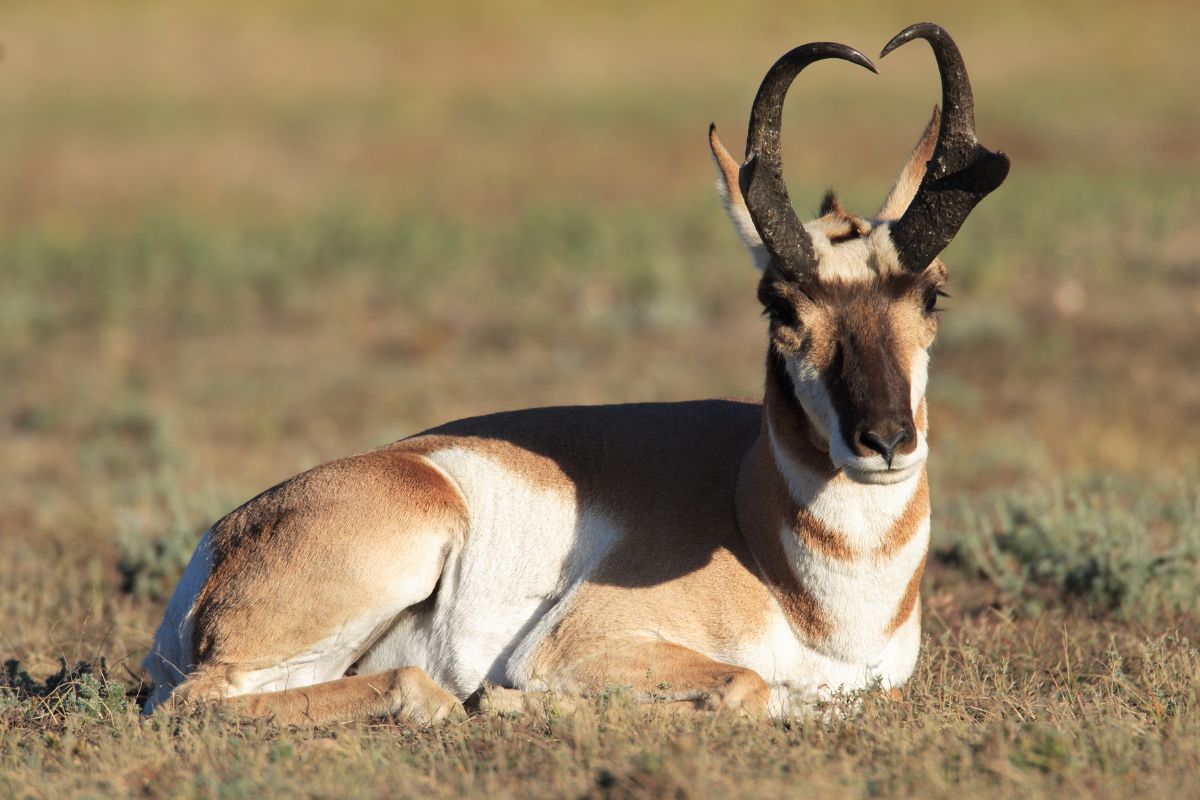
Montana offers special hunting experiences for those aiming to chase antelope. This state is a top pick for antelope hunting because of the abundance of hunting permits, a long hunting season, and a lot of hunting space.
Here’s why Montana stands out and how beginners can get in on the action:
- Accessibility for New Hunters – Montana is a good choice, even if you’re new to applying for hunting permits. New hunters can still get a chance to hunt antelope, even if it’s not their first choice. This helps them build up their qualifications for the next hunts.
- Block Management System – Montana has a system called Block Management. This system opens up private lands for hunting, giving hunters better access to different areas. It’s a way to expand hunting grounds, making it easier to find a spot.
- Bowhunting Opportunities – Montana is full of opportunities for those who like bowhunting. There’s a special tag called the 900-series antelope tag that allows for bowhunting only and covers most of the state. You can use it from August 15th to early November to hunt antelope, giving you a long hunting season.
- Ideal Hunting Seasons – The best time to hunt is August and September, when the weather is usually nice and dry. Plus, the antelope populations in Montana are strong and healthy, offering a good hunting challenge.
- Easier Access – Allowing bowhunters to hunt on private lands where the biggest antelopes roam is easier. Many of the landowners prefer having bowhunters as their guests. This opens the door to hunting on lands where you might find a giant bull.
Here are some tips that can help you have a successful antelope hunt in Montana:
- Know the Antelope Districts – Understanding the different districts where antelope are found can help you plan your hunt more effectively.
- Respect Property Boundaries – Knowing and respecting boundaries is crucial whether you’re on public or private land.
- Consider a Hunting Partner – A hunting partner enhances safety and improves your hunting success.
- Embrace Bow Hunting – Many landowners prefer bowhunters, and this method can offer unique access to quality hunting areas.
Montana provides a rich canvas for anyone looking to explore antelope hunting. With the right approach and knowledge of the local regulations, hunting districts, and the importance of respectful hunting practices, your Montana antelope hunt can be an unforgettable experience.
5. Upland Game Birds
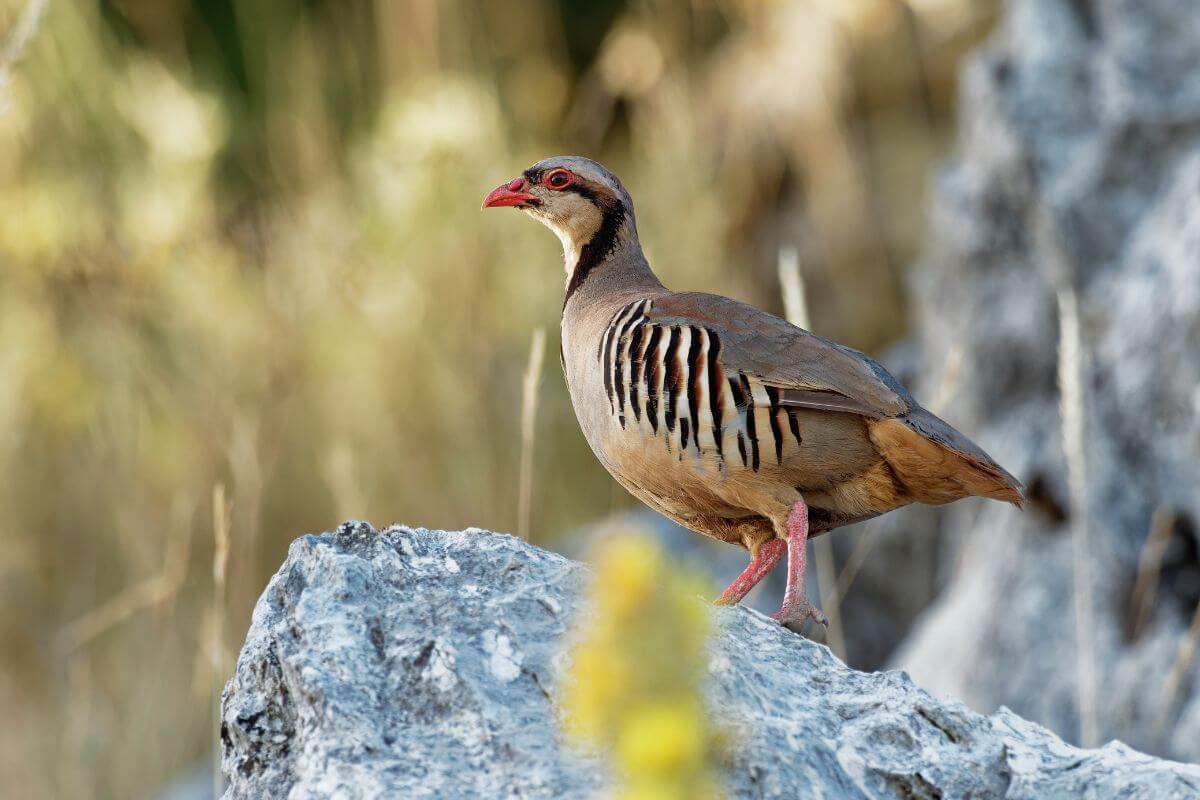
Montana is a playground for bird hunters, with its diverse landscape playing host to various upland game birds. Here’s a quick look at the main players and where you can find them:
| Upland Game Bird | Description |
|---|---|
| Chukar | Chukar is chicken-like with short legs and a round head. |
| Dusky Grouse | Dusky Grouse is also known as the Blue Grouse and is the largest mountain grouse. |
| Gray Partridge | Gray Partridge is a portly bird with distinctive markings. |
| Ring-necked Pheasant | The ring-necked pheasant is large, with a long, pointed tail and colorful plumage. |
| Ruffed Grouse | Ruffed Grouse has a unique tail and is not easily spooked. |
| Sage-Grouse | Sage-grouse is the largest in North America and is found in sagebrush-covered areas. |
| Sharp-tailed Grouse | Sharp-tailed Grouse is a medium-sized bird of the prairies. |
| Spruce Grouse | Spruce Grouse is nicknamed “fool hen” for its fearlessness. |
| Wild Turkey | Wild Turkey is a large, distinctive-looking bird. |
Bird hunting in Montana offers more than just a hunt, it’s an adventure across various terrains. Whether navigating the challenging mountain landscapes for ruffed grouse or exploring the sagebrush-covered areas for sage grouse, the state’s vastness ensures an awesome hunting experience.
Thanks to the distribution of these birds, having a backup plan is easy. If one area turns out to be a barren land, you can quickly switch to a different location. This versatility adds excitement to the hunt, making each outing unique.
Some notable spots for specific birds include the mountains of Western Montana for ruffed grouse and the sagebrush areas in the central and eastern parts, east of the Continental Divide, for sage-grouse.
The Hungarian partridge, loved for its distinctive call, thrives in central Montana’s open country. This is all thanks to programs like Montana’s Block Management that grant access to private lands.
DIY Montana Hunting Final Thoughts
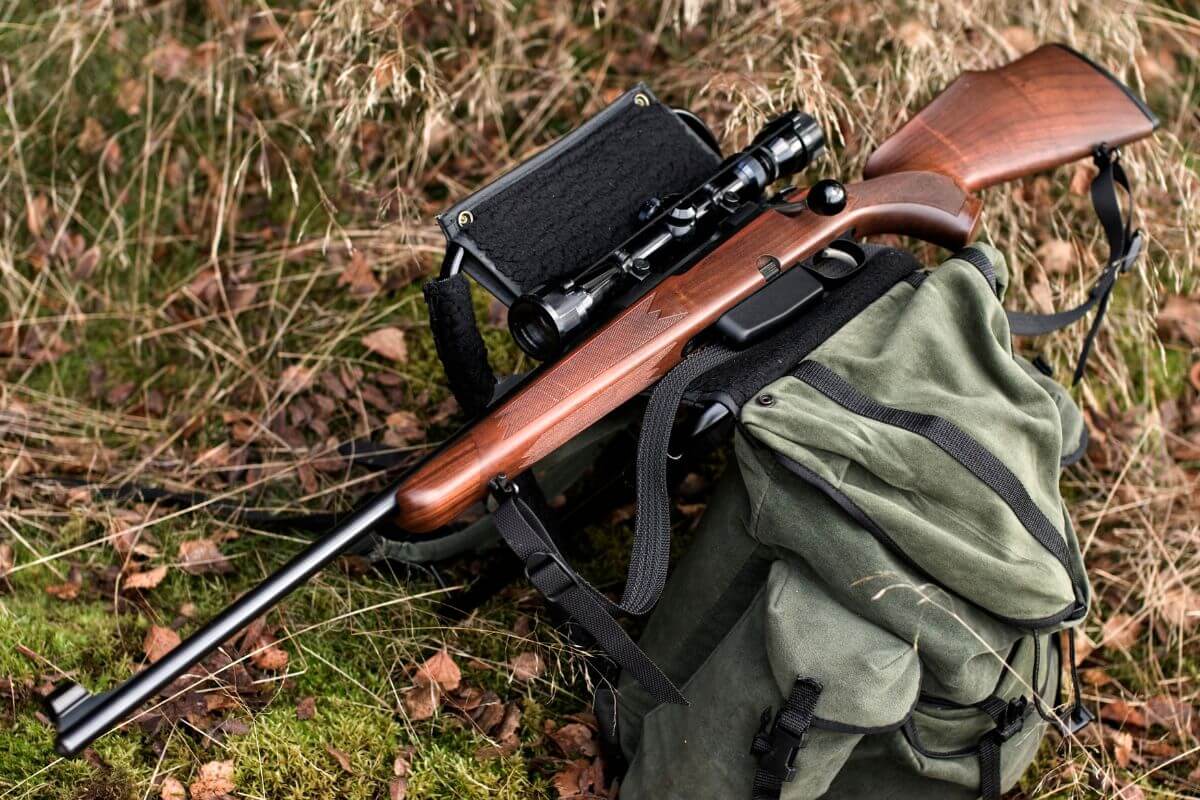
Montana truly is a hunter’s paradise, offering a wealth of opportunities for those who value the thrill of the chase and the pride of a successful hunt. Each region of this vast state presents its own challenges and rewards, from the patience required for an elk tag to the abundance of deer across the landscape.
DIY hunting in Montana isn’t just about the catch. It’s about the journey and the deep satisfaction that comes from immersing yourself in the untamed beauty of the state. It also comes from respecting wildlife and following the age-old traditions of actual hunting.
Choosing to hunt in Montana means embracing a challenge that’s as rewarding as it is demanding. The state’s commitment to wildlife conservation strikes a careful balance between accessibility and integrity in hunting. And this makes it a top destination for those who value the great outdoors.
DIY Montana Hunting FAQs
1. Can I Hunt on My Own Land in Montana?
In Montana, you can hunt on your own land or any other land you have permission to do so as long as you possess the required permit. This includes private property where you have lawful access and authorization to hunt.
2. What Do I Need to Do to Hunt in Montana?
To hunt in Montana, you must obtain a Conservation License and pay the Base Hunting License Fee. Additionally, you’ll require specific carcass tags and/or licenses for the species you intend to hunt, ensuring compliance with state regulations.
3. How Much Does a Hunting Trip to Montana Cost?
The cost of a hunting trip to Montana varies depending on the species you’re targeting and whether you’re using an outfitter. On average, expenses can range from a few hundred to several thousand dollars, with DIY hunts generally being more cost-effective than guided trips facilitated by outfitters.
4. Do I Need a License to Hunt on My Own Land in Montana?
Yes, you still need a license in Montana, even if you’re hunting on your own land. Additionally, nonresidents who own land may still need a general hunting license before hunting on their property.
5. Can Foreigners Hunt in Montana?
Foreigners can hunt in Montana but must obtain the appropriate licenses and permits, just like residents.
Uncover more Montana secrets through the following articles:

